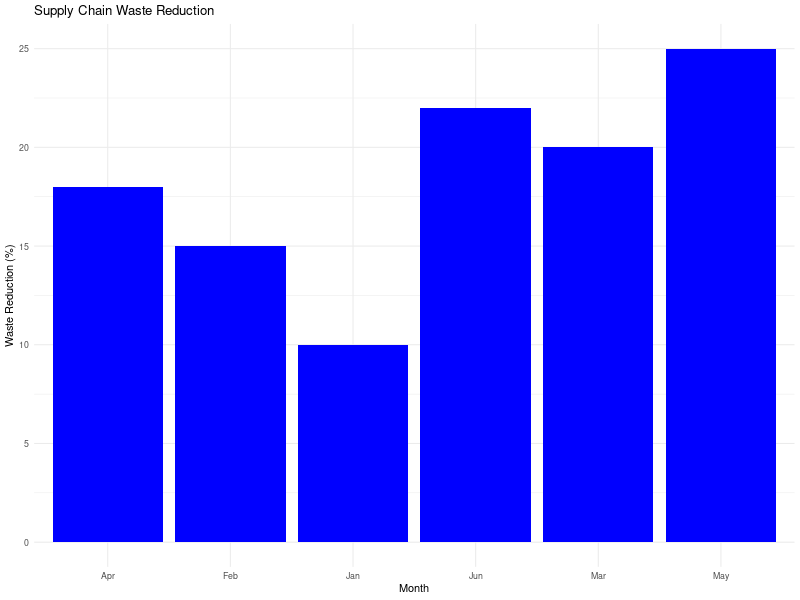Predictive analytics can be a powerful tool for driving supply chain optimization, offering various benefits that can significantly impact a business’s performance. Here are some of the key benefits:
Improved Forecast Accuracy
- Demand Forecasting: Predictive analytics can analyze historical sales data and other variables to predict future demand more accurately. This enables businesses to prepare for peak periods and avoid stockouts or overstock situations.
- Resource Allocation: Better forecasts allow for more effective allocation of resources, such as labor and storage space, especially during high-demand periods.

Cost Reduction
- Inventory Management: Predictive models can help in maintaining optimal inventory levels, reducing carrying costs, and mitigating the risk of obsolescence.
- Route Optimization: For logistics and transportation, predictive analytics can help identify the most cost-effective and efficient routes, saving both time and fuel.
Enhanced Agility and Responsiveness
- Real-time Decision Making: Predictive analytics can offer real-time insights that enable quicker and more informed decisions, increasing the supply chain’s agility.
- Scenario Planning: Businesses can simulate various supply chain scenarios to prepare better for disruptions or changes in the market conditions.
Improved Supplier Management
- Risk Mitigation: Predictive analytics can assess the risks associated with suppliers, like the likelihood of delays or financial instability, allowing businesses to take preemptive measures.
- Performance Assessment: Analytics can also measure and track supplier performance, providing data that can be useful for negotiations and long-term planning.
Enhanced Customer Satisfaction
- Personalization: Predictive analytics can help in understanding consumer behavior, allowing for a more personalized shopping experience, which in turn can lead to higher customer retention.
- On-time Deliveries: By optimizing various elements of the supply chain, businesses are better positioned to meet delivery commitments, thereby improving customer satisfaction.

Sustainability
- Waste Reduction: By optimizing inventory and improving demand forecasting, businesses can significantly reduce waste.
- Carbon Footprint: Optimized transportation routes and better inventory management can also contribute to a reduced carbon footprint.
Strategic Planning
- Market Insights: Understanding trends and future demand can inform product development, entry into new markets, or discontinuation of underperforming products.
- Capital Investment: Better data and forecasts can guide capital investment decisions, such as the expansion of facilities or acquisition of new assets.
In summary, predictive analytics can provide actionable insights that lead to more effective decision-making, reduced costs, improved efficiency, and enhanced customer satisfaction in the realm of supply chain management. The integration of predictive analytics into a supply chain strategy enables businesses to be more competitive, agile, and customer-focused.
